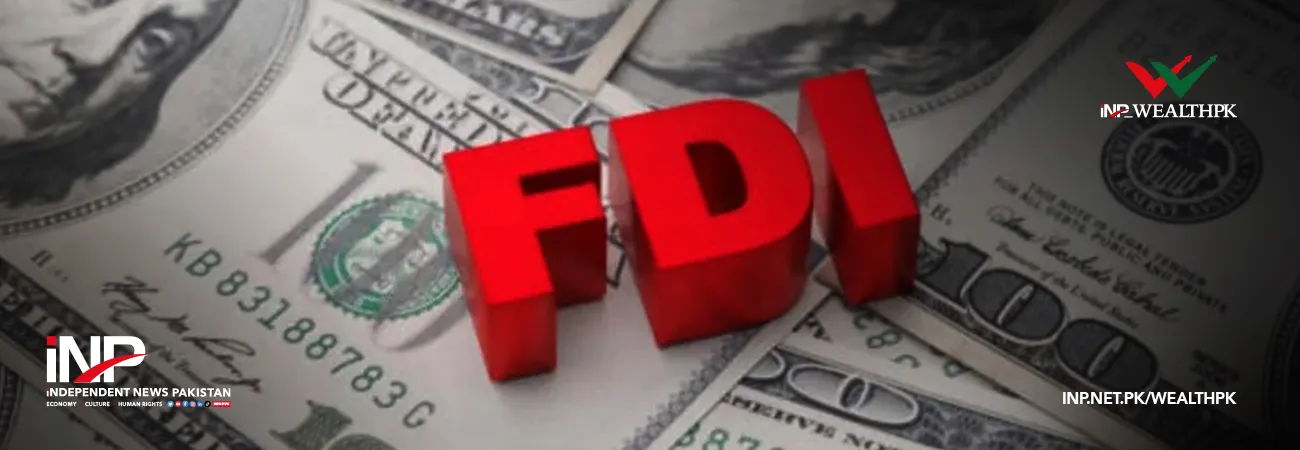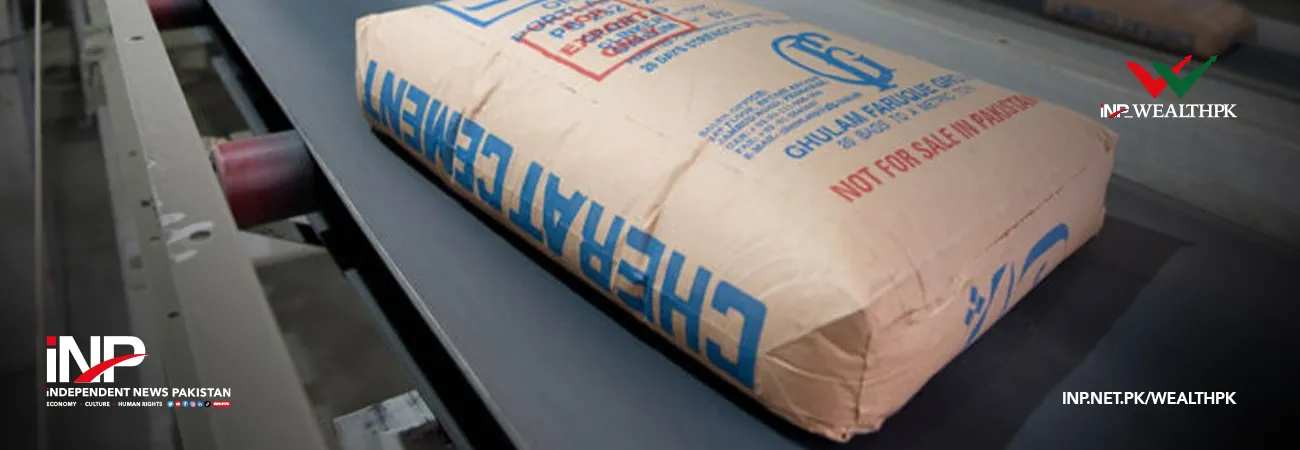آئی این پی ویلتھ پی کے
Moaaz Manzoor
Despite a decent GDP growth of 2.4% in the third quarter of the ongoing fiscal year 2024-25, Pakistan’s economic performance remains imbalanced across key sectors, revealing underlying vulnerabilities that could jeopardise long-term stability. According to the updated national accounts data from Pakistan Bureau of Statistics, the agricultural and industrial sectors have shown mixed trends. At the same time, services have been the primary growth driver.
The industrial sector notably contracted by 1.14% in 3QFY25, led by negative growth in large-scale manufacturing, mining and quarrying, construction, and utilities. In contrast, agriculture posted 1.18% growth, mainly supported by gains in non-major crops and livestock, despite steep declines in major crop outputs. Speaking to WealthPK, Shahab Jafry, technical analyst at Yasir Mahmood Securities and editorial writer at an English daily dealing with business news, noted: “There’s always a trade-off between growth and inflation at the policy level.
As much as recent IMF-mandated reforms have traumatised certain segments of the economy —largely because of an imbalanced tax structure — they’ve also laid the groundwork for some measure of macroeconomic stability.” He cautioned, however, against reverting to inflationary growth tactics, which he said have historically led to fragile and short-lived recoveries. “The temptation to pivot to growth-stimulating policies at this point is strong, but it would jeopardise the reform trajectory.
We’ve seen this cycle before,” he added. Jafry also emphasised that Pakistan's chronic over-reliance on remittances and stagnant exports reflects structural weaknesses that reforms must aim to correct. “The most overlooked part of the current account remains foreign direct investment,” he pointed out. “To unlock sustainable growth, we need to target value-added exports and improve the investment climate by finally taxing protected sectors — something that will test the political will of any government,” he concluded.
Syed Ali Ehsan, Deputy Executive Director at PRIME, reiterated that while overall GDP has shown some signs of improvement, the contraction in industrial output —especially in sectors tied to energy, manufacturing, and construction — suggests a more complex picture. “You cannot celebrate topline GDP numbers in isolation,” he said, “when core productive sectors are shrinking and volatility remains high.” A closer look at FY25’s provisional growth figures reflects this dichotomy.
While agriculture posted moderate growth driven by specific crop outputs, industrial growth of 4.77% provisionally appears inflated due to base effects. Experts argued that current growth figures might prove unsustainable without addressing deep-rooted inefficiencies and shunning overdependence on short-term financial fixes. While recent GDP figures provide relief, the uneven sectoral performance and persistent structural weaknesses point to deeper risks. Growth will remain fragile and cyclical without reforming the tax base, expanding exports, and attracting investment.
Credit: INP-WealthPk











